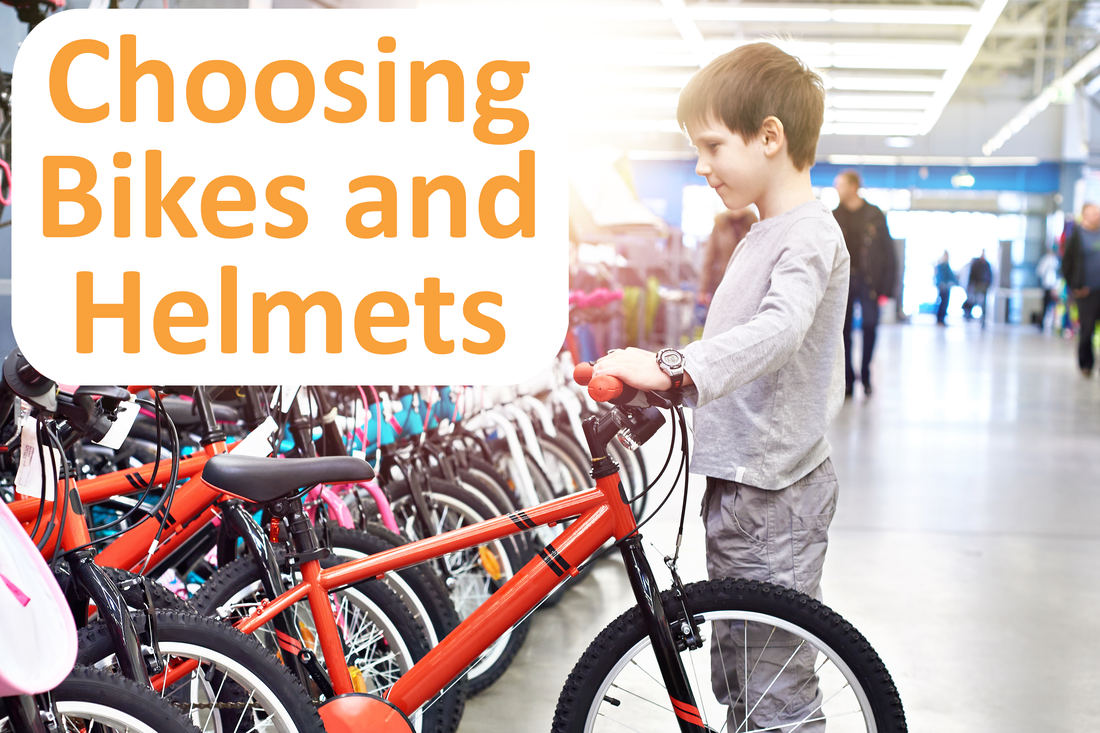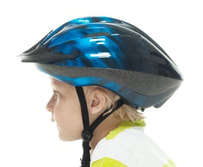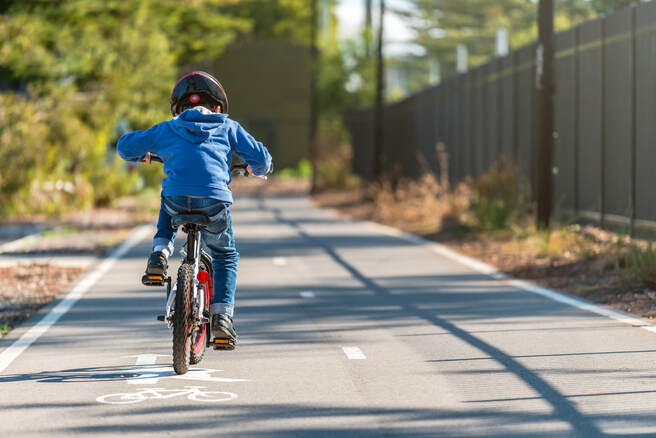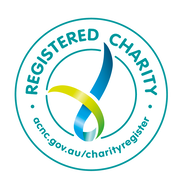Whether they are in a child seat, trailer or riding on their own, bikes are a wonderful experience for kids. So that they can enjoy riding for years to come, the adults around them need to ensure that:
~ Child seats and trailers are used safely ~
~ Children have a helmet and bike that is the correct size and fit for them ~
~ The child wears an approved helmet every time they ride ~
~ The child seat, trailer or bike is checked regularly for wear and tear ~
~ Child seats and trailers are used safely ~
~ Children have a helmet and bike that is the correct size and fit for them ~
~ The child wears an approved helmet every time they ride ~
~ The child seat, trailer or bike is checked regularly for wear and tear ~
|
HELMETS
After helmets were made compulsory head injuries to cyclists fell by around 40%. By law everyone who rides a bike, sits on a bike seat or in a bike trailer must wear an approved, properly fitted and fastened helmet. CHOOSING A HELMET: Involve the child when choosing a helmet. They need to try it on to test that it fits them correctly and it helps with use when they are happy with its appearance. It’s good to check that:
|
BIKES
Choosing a Bike It's important to check that:
Take advantage of professional advice available at bicycle retailers – they can help you to determine which bike is right for the child. Bicycle Safety Checklist Check the child’s bike regularly:
|
|
CHILD SEATS AND TRAILERS
Children should not travel in a bike seat or trailer before they:
Ride with just the seat or trailer before you ride with the child. You will need to take into account difficulty in stopping and steering with the extra weight of the seat or trailer. Stability Be sure the bike is stable before you put the child in or take them out of the seat or trailer. Baby Backpacks and Slings Never use a baby backpack or sling to carry your child while riding a bike. If you run into something or fall off your bike the child has much further to fall, little protection and may be seriously injured if you fall on them. |
LEGAL MUST HAVES
Bicycles must have at least 1 effective brake and 1 bell, horn, or similar warning device in working order Riding at night - legally riders must not ride at night unless they have:
|





